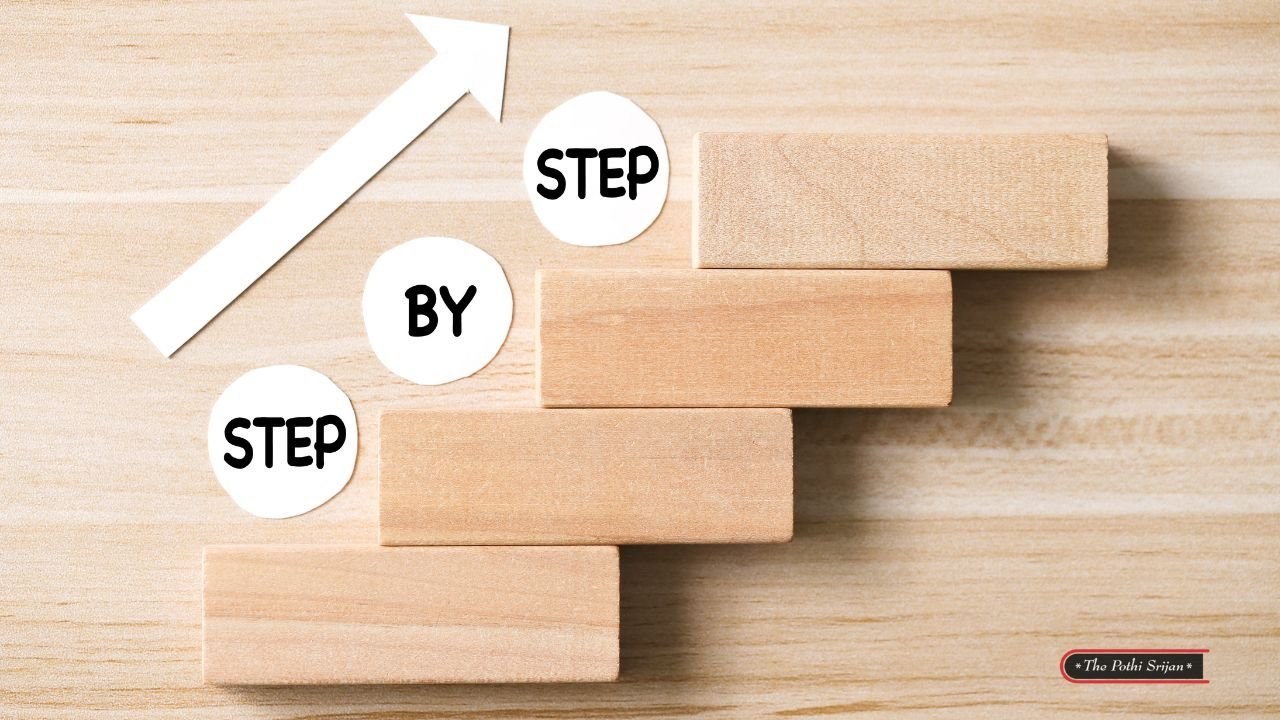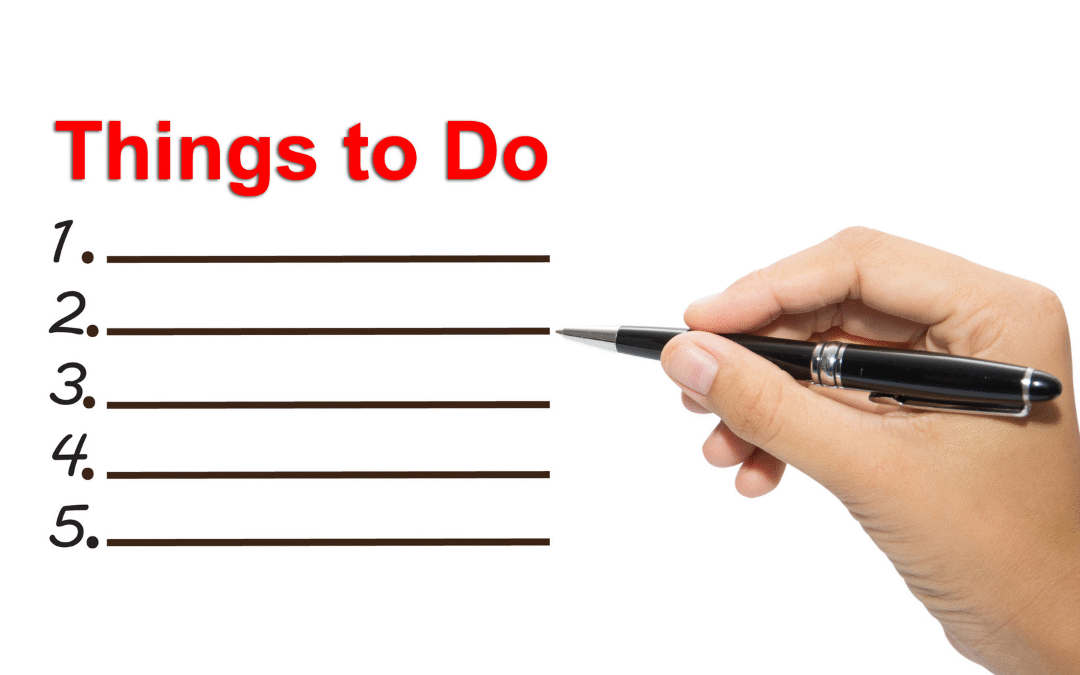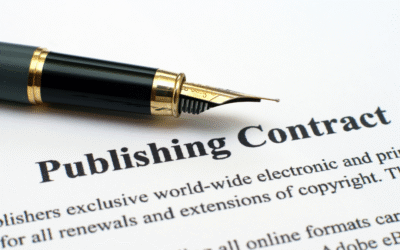Publish your dreams into reality with my comprehensive guide to navigating the intricate world of book publishing. I’ll walk you through each crucial step, ensuring I cover everything from the initial manuscript preparation to selecting the right publishing avenue. With my expertise, you’ll learn how to avoid common pitfalls, make informed choices, and ultimately bring your story to life. Whether you aim for traditional publishing or self-publishing, I’m here to empower you every step of the way. Let’s transform your ideas into a published work that shines!
Key Takeaways:
- Understand Your Publishing Options: Familiarize yourself with traditional publishing, self-publishing, and hybrid models to choose the best path for your book.
- Craft a Compelling Manuscript: Focus on writing, editing, and seeking feedback to ensure your story is polished and engaging before submission or publication.
- Market Your Book Effectively: Develop a marketing strategy that includes social media, book signings, and online promotion to reach your target audience and boost sales.
Understanding the Publishing Process
The publishing process can seem daunting, but it is necessary to grasp the stages involved in bringing your story to life. Understanding the differences between traditional and self-publishing helps you make informed decisions about your book’s future. Each pathway has its unique benefits and challenges, influencing not only how your work gets distributed but also the creative control you maintain over your manuscript.
Traditional Publishing
Publishing in the traditional route typically involves securing a literary agent who will then pitch your manuscript to publishing houses. This process can be lengthy and often requires the author to be patient, as it involves submissions, revisions, and the possibility of multiple rejections. However, once accepted, authors often benefit from the publisher’s resources in marketing, distribution, and professional editing.
Self-Publishing
There’s a growing trend toward self-publishing, giving you full control over your book’s production and distribution. While this route may seem enticing, it comes with its own set of challenges and responsibilities. You’ll need to manage the entire process, from editing and cover design to marketing and sales.
Process decision-making in self-publishing is crucial; you must ensure your book’s quality matches or exceeds that of traditionally published works. While this approach allows for greater creative freedom and potentially higher royalties, it also means you will need to invest time and perhaps some money into gaining the skills necessary for a successful launch. Be aware that without effective marketing, your work may not reach its intended audience. Ultimately, I believe that educating yourself on self-publishing platforms is key to navigating the challenges and ensuring a successful release.
Tips for Writing Your Manuscript
It’s imperative to approach your manuscript with dedication and focus. Here are a few tips to guide you in creating a compelling narrative:
- Establish a strong plot
- Create detailed characters
- Develop a captivating setting
- Stay true to your voice
- Seek feedback from trusted sources
Perceiving the intricacies of your story will help you craft an engaging manuscript.
Developing a Writing Routine
Routine is the backbone of any successful writing endeavor. By setting aside time each day to write, I found that I could maintain focus and progress steadily. Decide on a time that works best for you, whether it’s morning or evening, and stick to it. If you commit to writing regularly, you’ll cultivate a habit that can lead to a completed manuscript.
Editing and Revising
Even great writing needs polishing. The editing and revising process is crucial for refining your manuscript and ensuring clarity. This is where I review my work for grammatical errors, awkward phrasing, and inconsistencies in the story.
Tips for editing include reading your manuscript aloud to catch errors, allowing time between writing and revision for a fresh perspective, and seeking feedback from beta readers. It’s important to approach this stage with a critical eye while retaining the essence of your original vision. Embrace constructive criticism, be willing to make significant changes, and trust your instincts to enhance your story further. Note, editing is not just about fixing mistakes but also about strengthening your narrative for a powerful reader experience.
Factors to Consider Before Publishing
After you’ve poured your heart and soul into writing your book, it’s crucial to address several factors before you hit that publish button. I recommend considering aspects like:
- target audience
- marketing strategy
- budget
- publishing options
This careful preparation will significantly enhance your chances of success in bringing your story to life.
Target Audience
Even if your book is a masterpiece, knowing your target audience is vital for effective marketing and engagement. Understanding who will read your book allows you to tailor your content, cover design, and marketing strategy to meet their preferences and interests.
Genre and Market Trends
With the ever-changing landscape of publishing, keeping an eye on genre and market trends can greatly influence the success of your book. Knowing current interests and popular themes helps you position your story effectively in the market.
Publishing your book in the right genre can mean the difference between success and obscurity. Trends shift quickly, and I must pay attention to what readers are seeking. Understanding popular themes can also inspire your marketing efforts. Be cautious, however, of overly saturated markets; the competition can be fierce. Staying informed will help you make strategic decisions that align with reader expectations, ultimately leading to a more impactful launch.
How to Choose the Right Publishing Method
Keep in mind that selecting the right publishing method can significantly influence your book’s journey. Whether you opt for traditional publishing, self-publishing, or hybrid publishing, each approach has its unique advantages and challenges to consider. As you commence on this exciting path, it’s imperative to weigh your options carefully, taking into account factors such as control, budget, and your long-term goals for your manuscript.
Pros and Cons of Each Method
An effective way to evaluate publishing methods is to look at their pros and cons in a simple table format:
| Method | Pros and Cons |
|---|---|
| Traditional Publishing | Pros: Professional editing and marketing support. Cons: Less creative control and longer timelines. |
| Self-Publishing | Pros: Full creative control and faster publication. Cons: Higher responsibility for marketing and upfront costs. |
| Hybrid Publishing | Pros: Balance of support and control. Cons: Variable costs and potentially less market visibility. |
| eBook Publishing | Pros: Wide reach and lower production costs. Cons: Highly competitive and requires technical skills. |
| Print-On-Demand | Pros: No inventory costs and flexibility. Cons: Potentially higher per-unit costs. |
| Vanity Publishing | Pros: Quick turnaround and decision-making control. Cons: Often lacks credibility and marketing support. |
Identifying Your Goals
Methodically identifying your goals is critical to determining the best publishing route for you. Consider what you desire to achieve with your book: Are you looking to reach a broad audience, or is your focus on a niche market? Additionally, reflect on whether you value maintaining creative control or if you’re comfortable relinquishing some of that for professional support. Understanding your ambitions will guide you in selecting a method that aligns with your vision.
Methodically setting your goals will not only clarify your path but also empower you to make informed decisions as you move forward. By pinpointing your priorities—such as financial compensation, audience engagement, or personal fulfillment—you can better navigate the publishing landscape. Emphasizing the importance of creative freedom versus professional input will ultimately shape your publishing journey, ensuring it is both rewarding and successful.
Designing Your Book
Many new authors underestimate the importance of design in making their book appealing. It’s not just about content; the visual elements play a crucial role in attracting readers and enhancing their experience. From cover design to interior formatting, each component contributes to the overall impression of your work. Taking the time to carefully craft a polished design can significantly increase your chances of connecting with your audience and standing out in a crowded market.
Cover Design Essentials
On your journey to publishing, a compelling cover is your book’s first impression. It should encapsulate the essence of your story while being visually striking. Consider color schemes, font styles, and imagery that resonate with your target audience. A professional design can make all the difference in attracting potential readers, so invest the necessary time and resources to get it right.
Interior Formatting Tips
For a polished look, interior formatting is key to ensuring that your text is not only readable but also visually appealing. Focus on font selection and line spacing, and remember to maintain consistent margins throughout your book. Your goal is to create a seamless reading experience. Thou should implement these strategies:
- Choose legible fonts that suit your genre.
- Use proper spacing to avoid clutter.
- Include page numbers for easy navigation.
A well-formatted interior can dramatically enhance readability and keep your audience engaged. It’s necessary to pay attention to details such as chapter headings and subtitles to assist readers in navigating your work. Proper alignment and visual hierarchy guide the reader’s eye naturally across the page. Thou must consider these elements carefully, as they contribute significantly to the professionalism of your book.
- Maintain consistent styles throughout.
- Use white space effectively to create balance.
- Incorporate visuals where appropriate to add interest.
Marketing Your Book Successfully
Despite the countless hours spent writing your book, it’s critical to recognize that the journey doesn’t end at publication. To ensure your story reaches its intended audience, an effective marketing plan is indispensable. You need to blend creativity with strategic planning to create buzz and generate sales. From building an author platform to utilizing social media, each step plays a vital role in elevating your book’s visibility and connecting with readers.
Building Your Author Platform
An author platform is important for communicating your brand and expertise to potential readers. It’s not just about selling; it’s about establishing relationships and trust. You can create your platform by blogging, speaking at events, or even conducting workshops related to your book’s themes. By engaging consistently, you cultivate a community that will champion your work.
Utilizing Social Media
There’s no denying the power of social media in today’s publishing landscape. By using platforms like Twitter, Instagram, and Facebook, you can engage with readers and other authors, share insights about your writing process, and create excitement around your book launch.
Social media allows me to connect with my audience in ways that traditional marketing can’t achieve. I can share updates, behind-the-scenes content, and even snippets from my book, fostering a deeper connection with potential readers. It’s important to remember to engage positively and authentically, as this builds trust. However, be cautious about oversharing or coming off as too promotional, which can turn off followers. The key is to be consistent, share valuable content, and highlight the aspects of your book that resonate most with your audience, creating an intriguing narrative around your work.
Summing up
Now that I have shared my step-by-step guide on how to publish a book, I hope you feel empowered to bring your story to life. From crafting a compelling manuscript to navigating the world of publishing options, each step is imperative in establishing your voice and connecting with readers. Do not forget, this journey requires patience, determination, and a willingness to learn. As you begin on this exciting adventure, I encourage you to embrace the process and take pride in sharing your unique perspective with the world.
FAQ
Q: What are the initial steps I should take when preparing to publish my book?
A: Before publishing your book, start by finalizing your manuscript. Ensure it is thoroughly edited and proofread to maintain a professional standard. Once you’ve polished your text, consider designing an engaging cover and formatting your book for both print and digital versions. It’s also beneficial to research your target audience and develop a marketing strategy to effectively reach potential readers.
Q: What options do I have for publishing my book?
A: You have several options for publishing your book: traditional publishing, self-publishing, and hybrid publishing. Traditional publishing involves securing a literary agent who will help you find a publisher, but this route can be competitive and time-consuming. Self-publishing allows for complete creative control and faster publication, as you handle everything from editing to marketing. Hybrid publishing combines elements of both, where you partner with a company that provides services while you still maintain control over your book’s rights and profits.
Q: How can I effectively market my book once it’s published?
A: Marketing your book is crucial for its success. Start by building an online presence through social media and an author website where you can connect with readers. Utilize book promotion sites, engage in book signings or readings, and consider setting up email newsletters to keep your audience informed. Additionally, gather reviews from readers and influencers, as positive testimonials can significantly enhance your book’s visibility and credibility.








